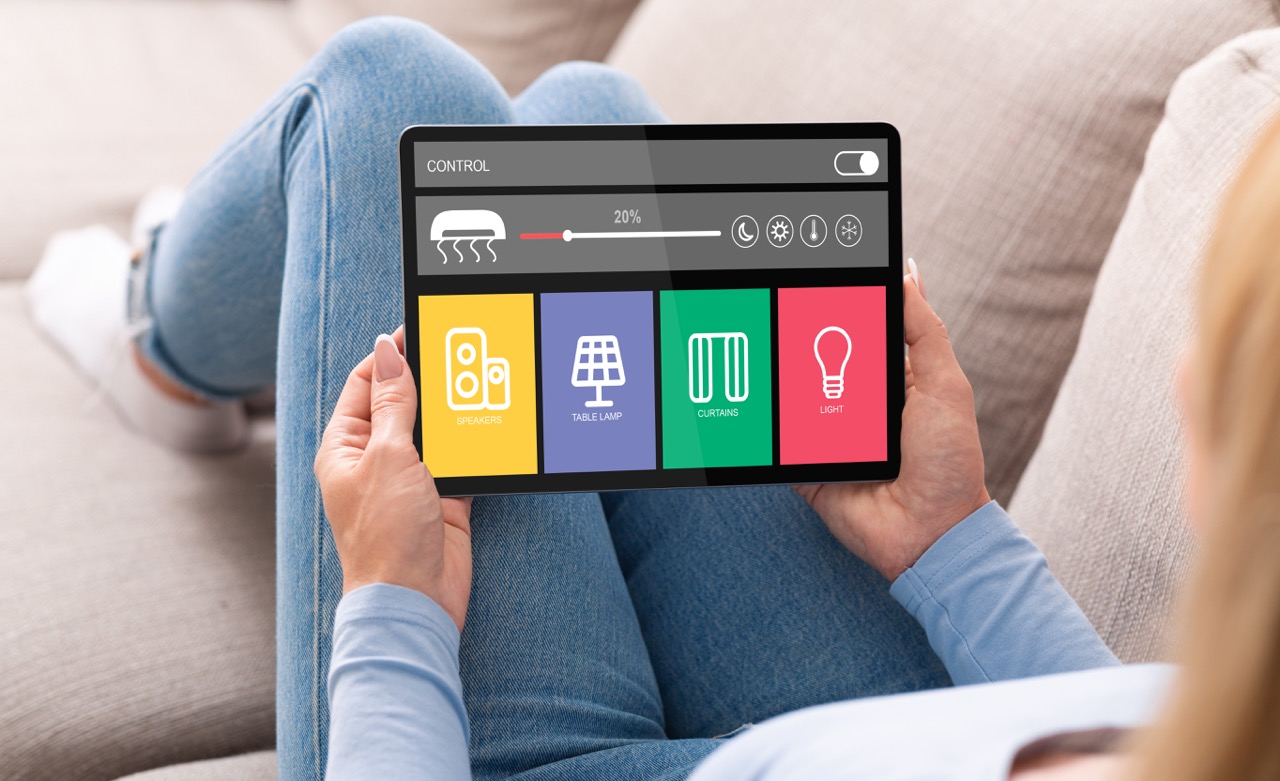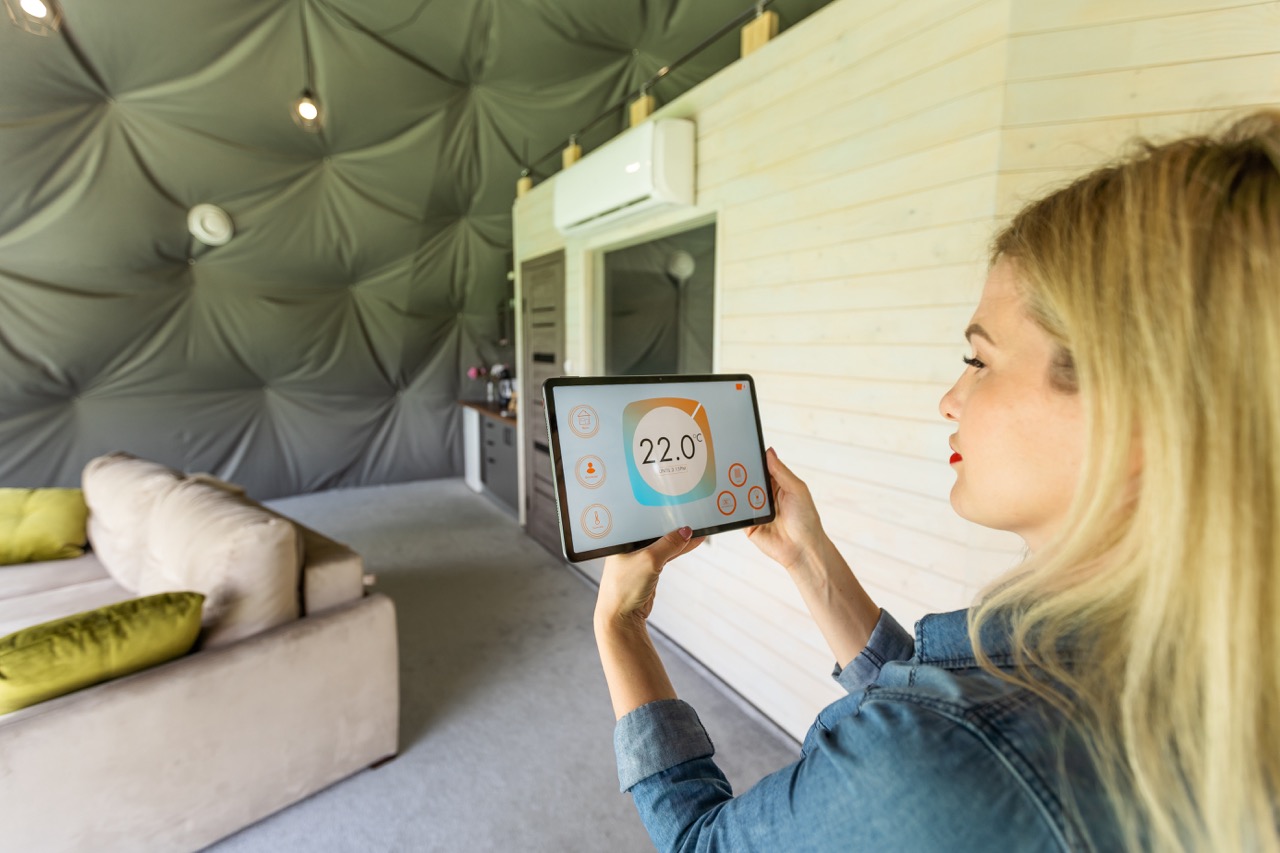As the fitness industry continues to evolve, the amalgamation of technology and physical training has led to the rise of smart fitness equipment. This convergence is further enhanced by the incorporation of Virtual Reality (VR), which promises to revolutionize how individuals engage with their fitness routines. Virtual Reality offers immersive environments that not only motivate users but also provide real-time feedback and analytics, making workouts more effective and enjoyable. This article explores how VR enhances smart fitness equipment through integration, user experience, performance tracking, and future trends.
Integrating Virtual Reality into Smart Fitness Technology
The integration of Virtual Reality into smart fitness equipment marks a significant advancement in the realm of digital fitness solutions. Smart fitness devices, such as treadmills, stationary bikes, and strength training machines, are increasingly being designed to support VR technology. This integration involves equipping devices with sensors, cameras, and connectivity options that allow them to interact seamlessly with VR headsets. Users can don a VR headset and instantly be transported to various virtual environments, transforming their workout experience from mundane to exhilarating.
Moreover, manufacturers are focusing on creating proprietary software that enables compatibility between VR applications and smart fitness devices. This software often includes interactive game-like challenges that encourage users to achieve their fitness goals. By synchronizing physical movements with virtual scenarios, users can engage in activities such as running through scenic landscapes, cycling on virtual tracks, or participating in immersive group workouts. This level of integration not only enriches the user’s experience but also propels the fitness technology industry into a new era of engagement.
Additionally, the integration of VR requires a robust technological infrastructure, including high-speed internet connectivity and advanced graphics capabilities. As 5G technology continues to expand, users will have access to higher bandwidth, allowing for smoother VR experiences without lag. This critical development will enable more complex virtual environments and multiplayer interactions, allowing users to connect with peers and trainers in real time. As such, the future of smart fitness equipment will likely see an increasing number of devices incorporating VR functionalities, blurring the lines between physical and virtual workouts.
Enhancing User Experience through Immersive Environments
One of the most compelling advantages of incorporating Virtual Reality into smart fitness equipment is the ability to create immersive environments that enhance user experience. Traditional workout routines often suffer from monotony, leading to diminished motivation and adherence. VR addresses this issue by providing users with the opportunity to engage in visually stunning, interactive worlds that stimulate both the mind and body. Whether it’s cycling through a tropical rainforest or jogging along a bustling cityscape, users can explore diverse settings that foster a sense of adventure.
Furthermore, immersive environments can be tailored to the user’s preferences, creating a personalized workout journey. Many VR fitness applications allow users to select their desired scenery, difficulty levels, and even the type of workout they wish to engage in. This customization empowers users to take control of their fitness journey and fosters a deeper emotional connection to their workouts. Consequently, users are more likely to remain engaged and committed to their fitness goals.
Moreover, VR-enhanced workouts often include gamification elements, such as challenges, rewards, and social interactions. These features tap into intrinsic motivations and create a sense of community among users, thereby enhancing the overall experience. For instance, users can compete against friends or other participants worldwide, share achievements, and even join virtual fitness classes led by professional trainers. This interactive dimension transforms individual workouts into a shared experience, making the pursuit of fitness more enjoyable and sustainable.
Data-Driven Insights: Tracking Performance in Real Time
In the realm of fitness, data-driven insights play a pivotal role in optimizing performance and achieving goals. The integration of Virtual Reality into smart fitness equipment provides users with the ability to track their performance metrics in real time. Advanced sensors embedded in smart devices can capture data such as heart rate, calories burned, and distance traveled, all while users are immersed in their virtual environments. This real-time feedback allows users to adjust their intensity levels and maintain optimal performance throughout their workouts.
Additionally, VR fitness applications often come equipped with analytical tools that compile data over time, enabling users to monitor their progress comprehensively. These insights can highlight strengths and weaknesses, providing users with a clearer understanding of their fitness journey. For instance, users can recognize patterns in their performance, identify areas for improvement, and set realistic goals based on historical data. This level of analytics empowers users to make informed decisions about their training regimens, fostering a proactive approach to fitness.
Moreover, many smart fitness devices equipped with VR technology offer integration with wearable fitness trackers and health apps. This connectivity allows for a consolidated view of various health metrics, such as sleep quality, nutrition, and overall health indicators. By offering a holistic perspective on fitness and wellness, users can make lifestyle adjustments that extend beyond their workout sessions. The combination of immersive VR experiences and data-driven insights exemplifies how technology can enhance both the effectiveness and enjoyment of fitness routines.
The Future of Fitness: Trends in VR and Smart Equipment
As the fitness technology landscape continues to evolve, several trends are emerging that signal the future of VR and smart equipment. One prominent trend is the increasing focus on personalization. Fitness enthusiasts are seeking tailored experiences that cater to their individual goals, preferences, and fitness levels. The future of smart fitness equipment will likely see advancements in AI and machine learning capabilities, allowing devices to adapt in real-time, modifying workouts to suit users’ progress and performance.
Another trend is the shift toward community-based fitness experiences. Virtual Reality has the potential to create social environments where users can interact with others, participate in group workouts, and even compete in challenges. The rise of virtual fitness communities is expected to continue, as users seek connection and motivation from their peers. This trend is not only about enhancing enjoyment but also about fostering adherence to fitness programs through shared experiences and accountability.
Finally, the integration of VR with advancements in other technologies, such as augmented reality (AR) and artificial intelligence (AI), will likely redefine the fitness experience. Imagine a workout where users not only engage in virtual environments but also receive real-time coaching and feedback from AI-driven avatars. Such innovations could enhance user motivation and engagement, bridging the gap between physical and virtual fitness. As technology continues to advance, the future of fitness will be characterized by increasingly immersive, personalized, and connected experiences.
The integration of Virtual Reality into smart fitness equipment represents a paradigm shift in how individuals approach their health and wellness. By providing immersive environments, real-time data insights, and a sense of community, VR enhances the user experience and fosters greater engagement in fitness routines. As technology continues to advance, the future of fitness will undoubtedly be shaped by these innovations, creating more effective and enjoyable ways for individuals to achieve their fitness goals. The convergence of VR and smart equipment holds the promise of transforming the fitness landscape, making it more accessible, engaging, and motivating for users around the world.










